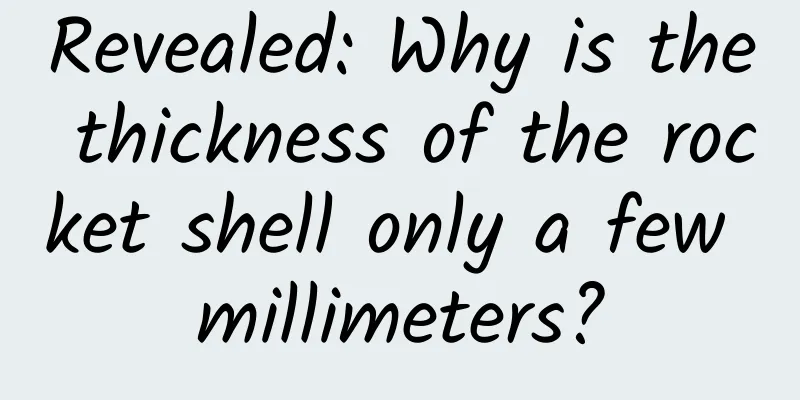What does Bletilla striata look like?

|
The gan root we hear about in daily life is actually a traditional Chinese medicinal material, and its official name is bletilla striata. Clinically, there are many cases of using Bletilla striata to treat diseases, and they have achieved good results. But not everyone knows about Bletilla striata, and some friends don’t even know what it looks like. Next, I will tell you how to determine whether you have encountered Bletilla striata in the wild, its morphology and growth environment. Wildlife and diversity 1. Characteristics of the wild environment of Bletilla striata Bletilla striata often grows on relatively moist stone walls and moss layers, often combined with shrubs, or grows on the edge of the forest. There is often spring water seeping out on the stone walls, so it can also get sufficient water. Bletilla striata also often grows in places with mountain springs, which are dark and humid, and the air humidity is also high, which is more suitable for the growth of Bletilla striata. The rocks on which Bletilla striata grows are all sandstone, so that Bletilla striata can absorb capillary water and stick to it firmly. 2. Biodiversity of Bletilla striata Bletilla striata has V-shaped blocky pseudobulbs, which can provide a large amount of energy and nutrients for spring germination, and can also improve its drought and cold resistance. Bletilla striata can grow terrestrially or epiphytically, and its roots can grow on stones, and its roots are often buried under the moss layer. The seeds of Bletilla striata are extremely small, powder-like, and have no endosperm, but only an incompletely developed embryo consisting of several cells. For germination, it must germinate on moist moss and not dry out for a long time. The primary pseudobulb of Bletilla striata is spherical, and it will form a V shape when it grows to a certain extent. The pollen of Bletilla striata is in clumpy form and difficult to disperse, so it is not very conducive to pollination. form Perennial herb. The pseudobulb is tuberous, white, thick, and finger-like. The stem is stout, erect, 30-60 cm tall. There are 3-6 leaves, lanceolate or broadly lanceolate, acuminate at the apex, and sheath-like at the base. The raceme is terminal, sparse, with 3-8 flowers, which are large and beautiful, purple-red. There are 3 petals, the lip is obovate and oblong, deeply 3-lobed, the edge of the middle lobe has wavy teeth, and the side lobes partially cover the column; there are 3 sepals, which are petal-shaped. Capsule, cylindrical, with 6 prominent longitudinal ridges on top. The seeds are as small as dust. The flowering period is from late April to late May, and the fruit ripening period is mid-to-late November. There is a variant of Bletilla striata with white flowers, and horticultural varieties also come in blue, yellow, pink and other colors. |
<<: What are the effects and functions of Longji Grass?
>>: Do you know the effects and functions of Bletilla striata?
Recommend
What are the effects and contraindications of fresh Imperata root
Many people don’t know much about Imperata root. ...
What are the effects and functions of the little devil fork?
The small devil fork is also often called deer ho...
It was discovered that the carbon dioxide inside Enceladus is controlled by the chemistry of the seafloor, which is more complicated than imagined!
Scientists at the Southwest Research Institute ha...
How many ants are there on Earth? Scientists have finally counted them!
Ants are a common insect, but how many ants are t...
The efficacy and function of Rhododendron microphylla
As a traditional Chinese medicine, do you know th...
The efficacy and function of leek seeds [picture]
Leek seeds [picture] are a kind of medicinal mate...
The efficacy and role of Xiaopu Songshi
Since Chinese medicine has fewer side effects, mo...
I change my teeth every 76 days, just to eat
The importance of teeth to us humans is self-evid...
The fifth one belongs to China, it will depart in 2025, with the goal of shocking the sky!
For a long time, the Earth had only one natural s...
The efficacy and function of silkworm cocoon grass
Silkworm cocoon grass is a very common type of tr...
Drinking Chinese medicine for promoting blood circulation and removing blood stasis
Blood and qi are the largest organs in women'...
Zheng Mingqiang, deputy chief designer of "Lijian-1": a pioneer in the Gobi Desert who beats time and cold waves
"Gobi Pioneer", this is what Zheng Ming...
The efficacy and consumption of Chuanxiong Tianma tea
Chuanxiong and Gastrodia elata tea is a well-know...
Let me tell you a ghost story: The electric saw was invented to facilitate sawing the pelvis to give birth
Although humans have been using saws for thousand...
What are the benefits of drinking American ginseng soaked in water?
In most people's definition, American ginseng...









